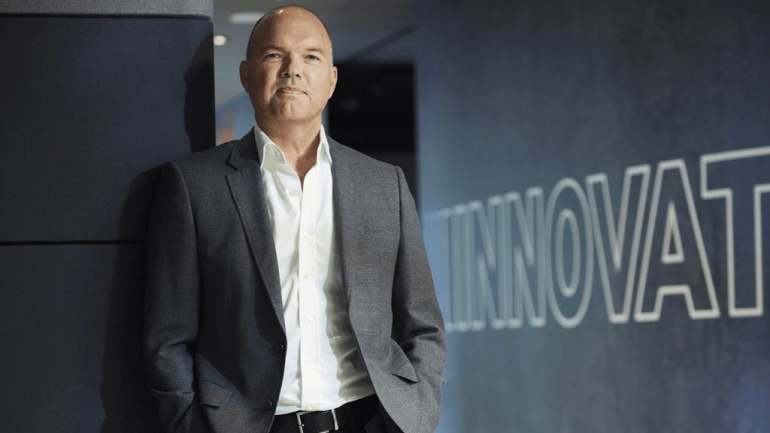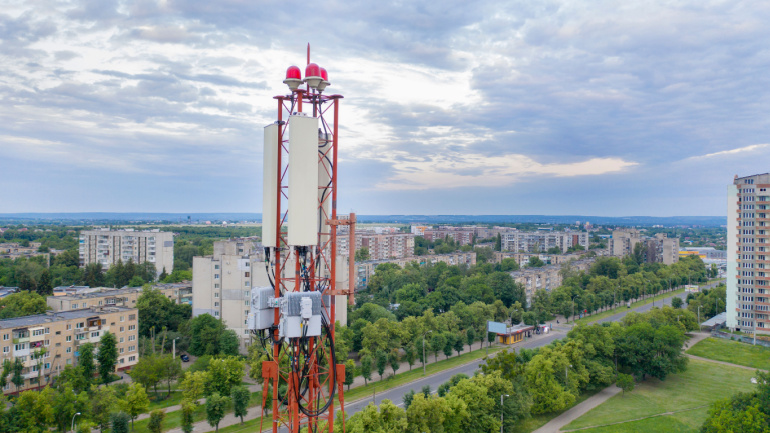TIM explores offers for its Enterprise business, valuing the unit at over €6 billion, while the board evaluates bids for network assets. With the company’s gross financial debt nearing €32 billion, maximizing value is crucial. KKR emerges as a frontrunner, as anticipation builds for exclusive discussions lasting until late August or early September.
Ex-Vodafone CEO Nick Read joins global fiber giant EXA Infrastructure as chairman, offering leadership to drive strategic network expansion and commercial growth in the rapidly evolving telecom industry.
VEON commits $600 million investment via Kyivstar for Ukraine’s recovery, focusing on infrastructure, 4G expansion, cybersecurity, and community support, fostering accelerated digitalization and rebuilding efforts.
Navigating workplace communications is challenging for business owners. Choosing between PSTN and VoIP is complex. PSTN offers reliability and call quality, while VoIP provides flexibility and scalability. VoIP integrates with tools and supports remote work. PSTN is secure and compliant, but VoIP can be secured with measures. PSTN excels in emergency services, but VoIP is improving.
$714 million allocated to small telecom companies in the ReConnect program’s fourth round aims to deliver high-speed internet to rural areas with full fiber infrastructure. USDA Secretary Tom Vilsack highlights the importance of the Bipartisan Infrastructure Law and its contributions to bridging the digital divide in rural communities.
Wyre, the newly rebranded joint venture between Telenet and Fluvius, gears up for next month’s network rollout with a focus on upgrading hybrid fiber-coaxial networks to fiber-to-the-home, aiming for 78% footprint expansion in Flanders by 2038.
Cisco and AT&T’s collaboration unveils Webex Calling and SD-WAN solutions, transforming hybrid workforces with seamless, mobile-first experiences and reduced costs. The integration of secure on-demand connectivity and self-service options for small and medium businesses optimizes secure access and boosts productivity.
The race for 5G dominance in the US continues, with AT&T focusing on standalone 5G architecture and monetizing services like gaming and augmented reality. With a cautious approach to Fixed Wireless Access, AT&T targets legacy copper network customers while embracing sustainability, AI, and automation for better energy efficiency and environmental impact.
Geopolitical tensions challenge subsea cable projects, as governments prioritize security of critical infrastructure. Despite obstacles, the industry innovates with emerging technologies like multicore fiber to meet soaring connectivity demands.
Significant growth in lit fibre connectivity emerges in small US commercial buildings, but over 3.8 million sites still lack access. Despite high demand for reliable internet, only 19.1% of buildings with less than 20 employees enjoy lit fibre access, prompting more investment in nationwide fibre expansion efforts.













